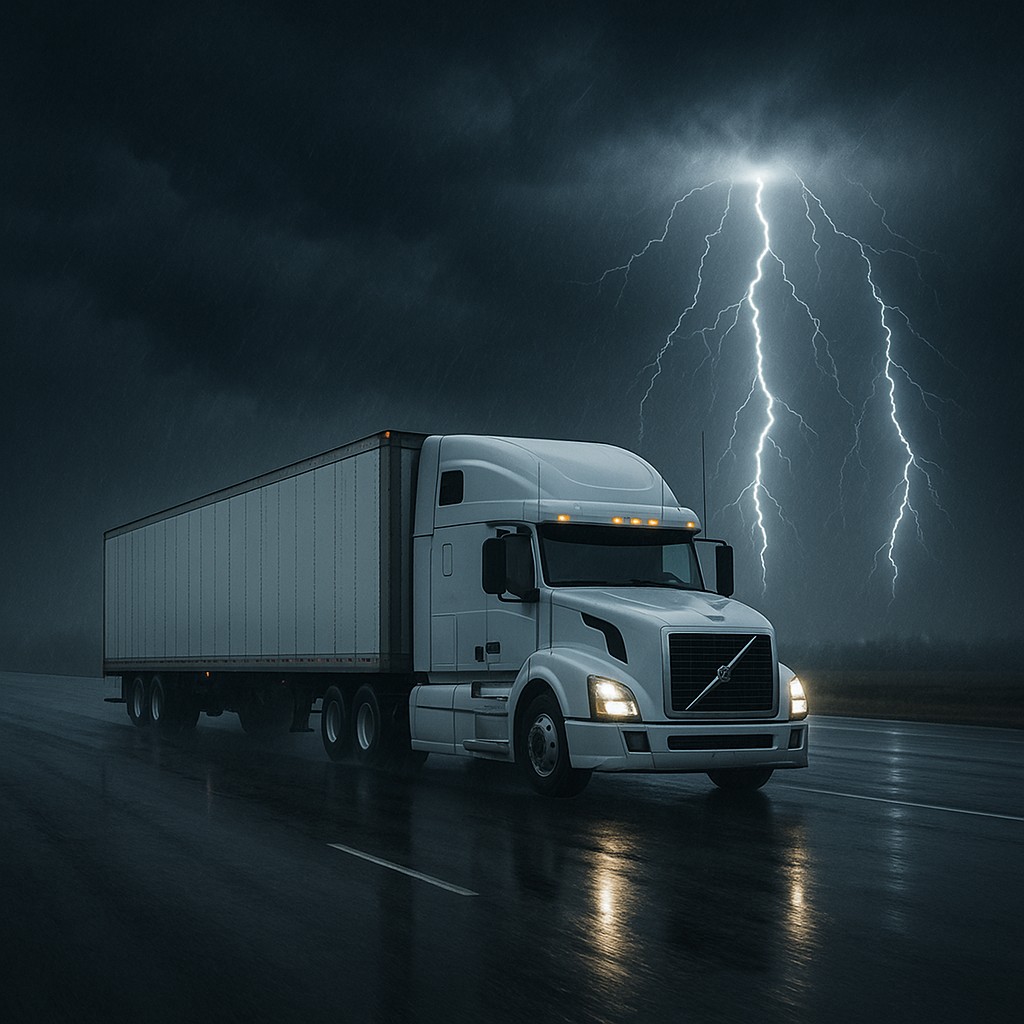
The Atlantic hurricane season has officially begun, and with it comes a renewed focus on freight preparedness. On June 24, Tropical Storm Andrea formed in the central Atlantic, becoming the first named storm of the 2025 season. Though it remains far from land and is expected to dissipate quickly, Andrea is a clear signal that the storm season is now active—and the freight industry must be ready.
Andrea developed over 1,200 miles west of the Azores, with sustained winds near 40 miles per hour. It is forecasted to weaken over the next 48 hours and poses no threat to land, ports, or shipping lanes. On the surface, it may seem insignificant. But for logistics professionals, it’s an important early-season alert.
According to the National Oceanic and Atmospheric Administration (NOAA), the 2025 season is expected to be above average, with predictions of 13 to 19 named storms and 6 to 10 hurricanes. As ocean temperatures rise and atmospheric conditions become more favorable for cyclone formation, the risk of disruption to global freight networks increases significantly.
Even when storms remain offshore, they can cause ripple effects throughout the supply chain. Tropical systems like Andrea—especially when more intense—can impact:
A single storm might not halt operations—but a pattern of storms, even minor ones, can stack up delays, increase costs, and damage customer satisfaction.
Tropical Storm Andrea should be seen as an opportunity. It’s the calm before the chaos, giving logistics companies a moment to assess their readiness and improve their planning. Here are several key steps companies can take:
Use platforms like NOAA, the National Hurricane Center, or commercial logistics tracking tools to stay updated on storm development. Don't rely on mainstream weather alerts—logistics-specific data is more actionable.
Have contingency plans for both ocean and overland routes. Know which ports your cargo can reroute through, and coordinate with carriers on rail or truck alternatives in case of closures or congestion.
Customers may not love longer lead times, but they'll appreciate transparency. Build in buffer days where possible, especially for freight moving through the Gulf Coast, Southeast, or East Coast.
Double-check what protections and clauses exist in your freight agreements. Make sure your team knows what’s covered in case of force majeure or weather-related delays.
Weather disruptions don’t have to lead to chaos—especially if customers and partners are kept informed. Use email, text, or customer portals to proactively communicate changes or delays.
Tropical Storm Andrea may be short-lived, but it should not be ignored. As the season progresses into August and September—typically the most active months—logistics professionals will need to remain agile, informed, and proactive.
Now is the time to review your protocols, speak with your partners, and test your systems before the next storm arrives. Because when it does, preparation will be the difference between manageable disruption and serious operational setbacks.
Andrea may not have made headlines in the freight world, but it marks the beginning of a high-risk season. The best time to prepare for a storm is before it forms. This early warning gives the logistics industry time to act, plan, and lead through what could be a challenging stretch ahead.
If you’re a shipper, broker, or carrier, this is your moment to get ahead of the weather—not just respond to it.